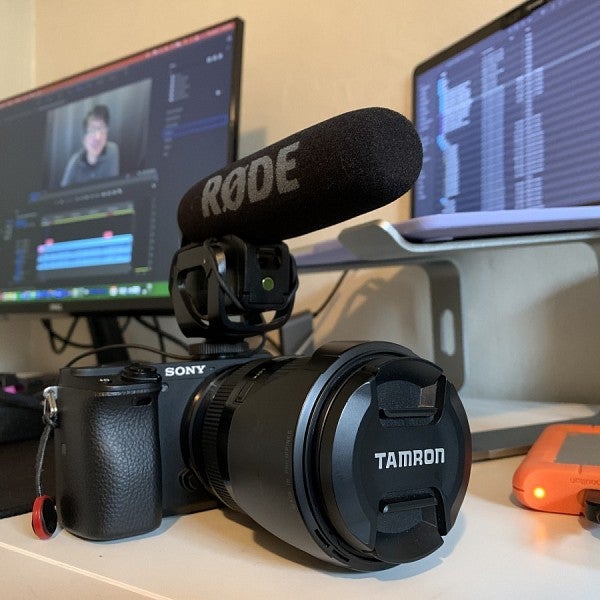
Editor’s note: This post is the first in an ongoing series of student opinion pieces about issues in communication ethics. Check back on the #LifeasaJStudent Blog for future posts in the series. Know of a journalist or news organization that made ethical decisions while publishing a story in 2020? Nominate them by February 15 for the Ancil Payne Award for Ethics in Journalism.
As a visual journalist whose stories are shared through a camera, I found myself feeling trapped when the pandemic hit. While learning how to be a journalist, we’re told we don’t have to be out in the field to do our work. We can share most of our stories from behind a desk. However, this isn’t often the case for visual journalists.
When the coronavirus hit, and it was no longer safe to go out or be near people, I knew I needed to get creative with the way I approached being a visual journalist. But creativity wasn’t the only concern.
In the UO School of Journalism and Communication, we’re expected to acquire our own photos and videos, especially if we’re creating visual stories. We’re strongly encouraged to not use visuals from other sources except for specific scenarios like past footage to explain something from another time or cell phone footage from a witness who was at the scene of a story before a journalist could arrive.
So how does one approach these expectations during a pandemic? As 2020 progressed, most of us can agree there were many journalistic opportunities. When society is limited to their homes, journalists thrive by being the eyes and ears of the world outside. Collaboration is appreciated now more than ever.
In the past year, I produced a story about remote learning and the difficulties of teaching a class that is typically hands-on. I was concerned about getting b-roll, or supplemental footage, to weave into the main content. This process showed me it’s still possible to ethically approach gathering b-roll while abiding by the SOJC’s standards.
I asked both of the video subjects if they could provide snippets of their work. Sung Park, senior instructor and co-director of the journalism master’s program, has experience teaching classes through video modules. He was able to provide me with module footage for b-roll. Journalism senior Andrew Brion shared footage of his experience trying to stay creative during a pandemic.
Using alternative strategies to gather b-roll is encouraged while following the safety guidelines of COVID-19. Getting recordings from virtual interviews is now a commonly used tactic for attaining a-roll. I learned we must be flexible in times of crisis to continue to share valuable visual stories.
Though these conditions may not be ideal, they keep us safe while following the important ethical guidelines we live by as journalists. Adaption is crucial when it’s our duty to provide accurate and timely information. There may be frustrating moments, but our work can continue with a little extra creativity.
— Sarah Miller, class of ‘21
Sarah Miller, class of ’21, is a journalism major at the SOJC. She is minoring in multimedia and is particularly interested in environmental visual journalism. Miller currently works as a multimedia and photography intern for the SOJC Communication Team and is the co-editor of the multimedia desk at the Daily Emerald.
Know of a journalist or news organization that faced an ethical dilemma while publishing a story in 2020? Nominate them by Feb. 15 for the SOJC's 2021 Ancil Payne Award for Ethics in Journalism. This year’s 21st-anniversary winner will receive a $10,000 prize.
